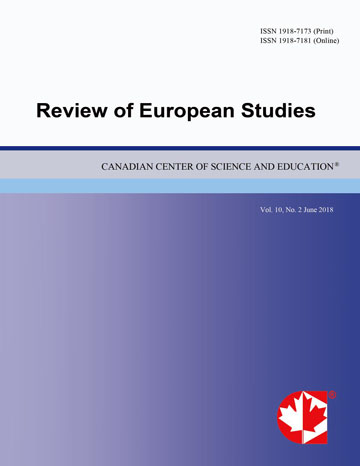The Modified Baumol Equation: Theory and Evidence
- Tchai Tavor
- Limor D. Gonen
- Michal Weber
- Uriel Spiegel
Abstract
Baumol developed an equation of demand for money for the transaction motive. It is affected positively by cost per withdrawal and negatively by the interest loss resulting from holding cash. The present paper suggests modifying the basic and simplified Baumol approach by adding another element to the transaction equation. Availability of cash encourages spontaneous purchases resulting in customer losses. Through cost minimization with respect to three elements instead of two as in the original Baumol equation, a new modified Baumol equation was created. It is examined by using an empirical data set and the results support the modified version of the Baumol equation. Customers respond positively to cash availability when they spend more on luxury goods. This is prominent especially among unmarried and most likely young customers. Due to high-income elasticity, spontaneous purchasing is higher among wealthier customers and full-time workers who maintain a steady and secure employment position. Since such customers have a weakness for spontaneously and sometimes even carelessly buying luxury items, from their point of view they create a good and efficient buffer by decreasing the available cash in hand and thereby reducing or possibly even preventing their wasteful behavior. The new version is robust and statistically more significant than the original equation presented in 1952.
- Full Text:
 PDF
PDF
- DOI:10.5539/res.v10n1p25
Index
- ACNP
- CNKI Scholar
- DTU Library
- Elektronische Zeitschriftenbibliothek (EZB)
- EuroPub Database
- Excellence in Research for Australia (ERA)
- Genamics JournalSeek
- Google Scholar
- Harvard Library
- HeinOnline
- Infotrieve
- JournalTOCs
- Mir@bel
- Open policy finder
- RePEc
- ResearchGate
- ROAD
- Scilit
- Technische Informationsbibliothek (TIB)
- The Keepers Registry
- Universe Digital Library
- WorldCat
Contact
- Paige DouEditorial Assistant
- res@ccsenet.org
